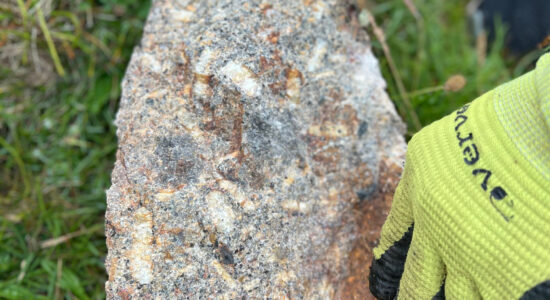Our partners



Program details

Fully online
Study at your own pace at a time to suit you.

Support
Community support from facility staff for each course.

CPD
Downloadable certificates of learning available for each method.

Lifelong access
Once you have completed the course, revisit the modules as needed.

What you need
A computer, internet access and a .ac.uk email address, enthusiasm and c. 20 hours per course.

What you don’t need
Your own data, an approved grant application to a facility, to do the course in one sitting, a PhD.
Open for enrolment Spring 2023
The Uranium Decay Geochronology course is currently under development, led by the Geochronology and Tracers Facility and will open for registration Spring 2023. We are currently recording the videos and capturing field and laboratory footage. You can follow our developments on Facebook and Twitter @GAEAcademy. The Uranium Decay Geochronology course is currently under development and will open for registration in Spring 2023. We are currently recording the videos and capturing field and laboratory footage. You can follow our developments on Facebook and Twitter @GAEAcademy. The final course will cover: The fundamentals of U-Th and U-Pb dating, including how it is calibrated. We will discuss the range of materials that can be targeted using U decay geochronology, and the challenges that different materials present. We will cover the workflows involved with Uranium decay geochronology, from characterisation and preparation of materials through to isotope-ratio mass spectrometry following chemical purification and/or in-situ sampling using laser ablation, and the pros and cons of different analytical approaches. Finally, we’ll cover how to interpret data and derive dates and geologically significant ages, whilst considering various levels of uncertainty, including using a variety of reference materials to ensure the accuracy and traceability of the results. And finally, how to present and report U-Th and U-Pb dates and associated metadata to ensure the results are accessible and reusable in future studies. Each of these steps will be demonstrated using a series of recent case studies highlighting the issues in practice. Whilst this course is focussed on U decay systems and methodologies, many of the principles and issues covered will be applicable to other radio-isotope dating systems




